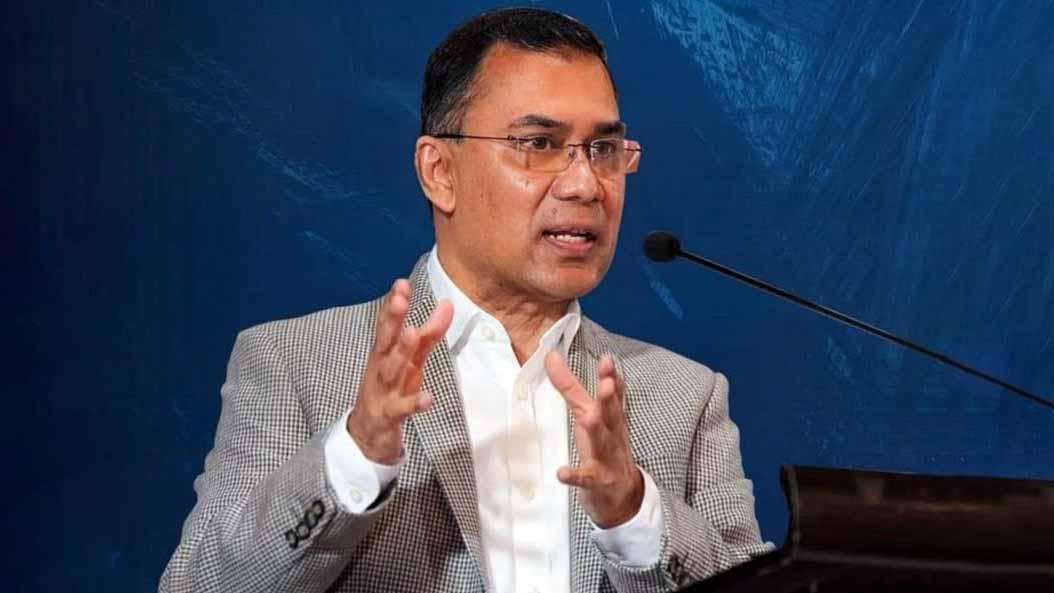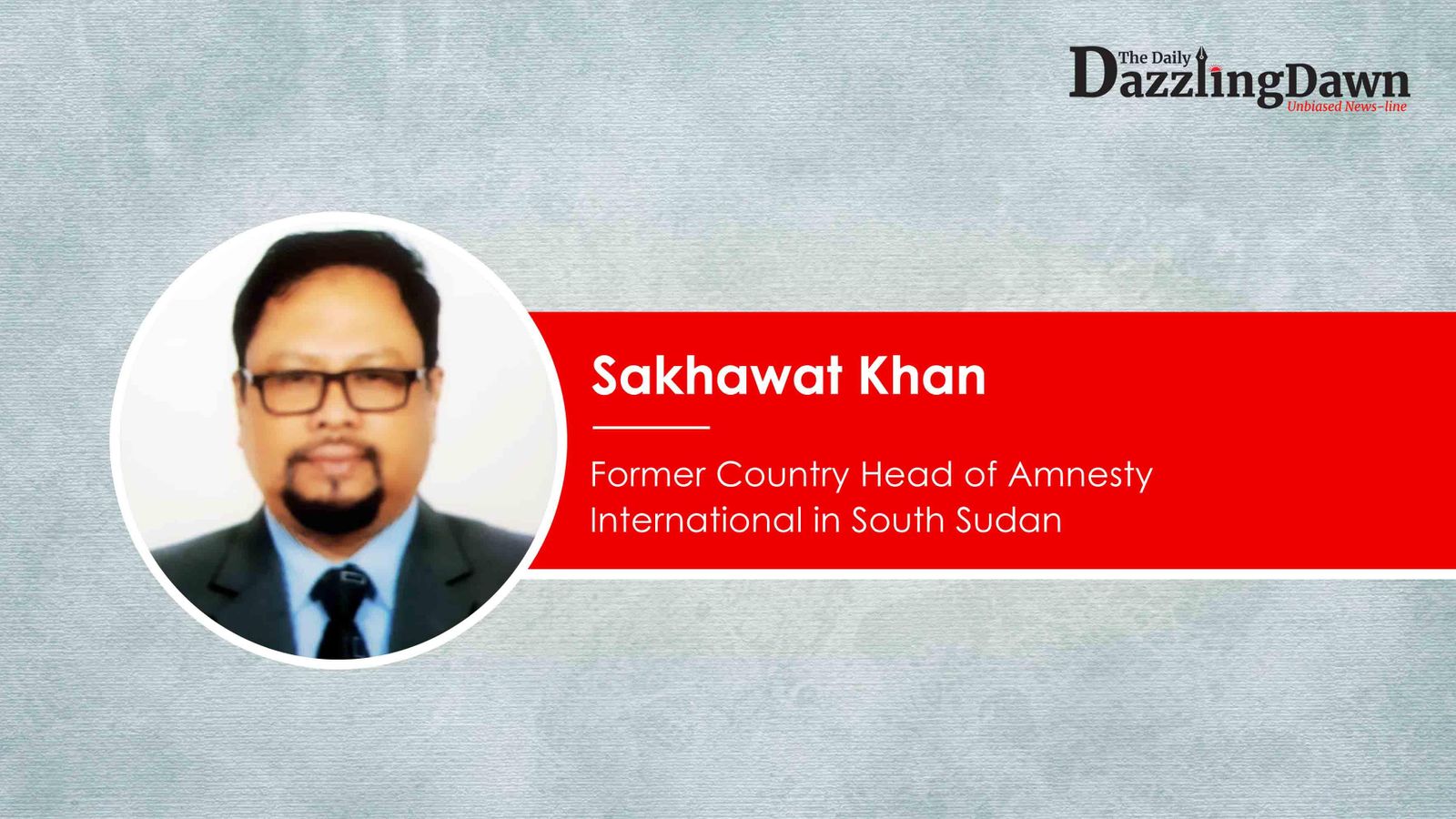Introduction
Governance plays a crucial role in ensuring accountability, transparency, and efficiency in state affairs. A country governed solely by a centralized government risks concentrating excessive power in the hands of a few individuals, increasing the potential for authoritarian rule. When a government head can influence the police, administration, and military leadership, they may prolong their rule without proper accountability. To prevent such risks, a two-layer government system—comprising both central and provincial governments—ensures a balanced distribution of power, enhances transparency, and fosters efficient governance.
Benefits of a Two-Layer Government System
A two-layer government system, wherein power is distributed between central and provincial authorities, ensures improved governance by decentralizing responsibilities. The provincial government mirrors the central government's structure, maintaining its own judiciary, police, and administration. This system provides a more effective monitoring mechanism and enhances service delivery to citizens.
Key Features of a Two-Layer Government System
Judiciary Decentralization: Each province should have its own high court division, ensuring quicker legal proceedings and reducing dependency on the central judiciary.
Independent Police System: Every province should have its own Inspector General of Police (IGP), ensuring that law enforcement is locally accountable and effectively monitored.
Provincial Secretariats: The establishment of provincial secretariats allows for a division of labor, streamlining governance and accelerating administrative functions.
Financial and Security Centralization: The central government retains control over national finances, military affairs, monetary policy, and foreign relations, ensuring national security and financial stability while allowing provinces to manage local affairs efficiently.
Case Studies: Countries Implementing Two-Layer Governance
1. India: A Federal Democracy with State Autonomy
India has a federal governance structure where power is divided between the central government and state governments. The Indian Constitution provides a framework where states operate semi-independently while adhering to national policies. Each state has its own legislative assembly, police force, and judiciary. This system ensures efficient service delivery, strengthens local governance, and maintains national unity while preventing excessive centralization of power.
2. The United States: A Strong Federal System
The United States follows a federal government system where power is shared between the federal and state governments. Each state has its own constitution, governor, legislature, and judiciary. This ensures that governance remains close to the people, fosters innovation in policy-making, and maintains accountability at all levels of administration.
3. Germany: A Decentralized Model of Governance
Germany operates under a federal system, where the central government delegates significant powers to 16 federal states (Länder). Each state has its own government and is responsible for key administrative functions such as education, policing, and healthcare. This model has contributed to a more balanced distribution of resources and governance, promoting regional economic growth and social stability.
4. Canada: A Model of Provincial Autonomy
Canada's governance model divides power between the federal government and the provinces. Each province has its own premier, legislature, and authority over key sectors such as healthcare and education. This system enhances transparency, promotes local decision-making, and ensures that government policies are tailored to regional needs.
5. Switzerland: A Strong Cantonal System
Switzerland is known for its highly decentralized system, where power is distributed among 26 cantons. Each canton has a significant degree of autonomy, including its own police force, tax system, and education policies. This system has led to high levels of public trust in governance and increased civic participation in decision-making processes.
6. Pakistan: A Federal System with Provincial Autonomy
Pakistan follows a federal government system, where power is divided between the central government and four provinces. The 18th Amendment to the Constitution of Pakistan granted significant autonomy to provinces, allowing them to manage sectors such as health, education, and local governance. Provincial governments have their own chief ministers, assemblies, and high courts. This system has improved governance by enabling local solutions to regional challenges, although further reforms are needed to strengthen transparency and accountability.
7. Sri Lanka: A Unitary State with Provincial Councils
Sri Lanka operates under a unitary government system but has established Provincial Councils to decentralize power. These councils were introduced through the 13th Amendment to the Constitution, granting limited autonomy to provinces. While the central government retains major control over policy-making, provincial councils manage local administration, education, and health services. This model has helped in bringing governance closer to the people but requires further reforms to enhance provincial authority and efficiency.
Recommendations for Implementing a Two-Layer Government System
Define Clear Jurisdictional Boundaries: Clearly outline the responsibilities of central and provincial governments to avoid conflicts and overlaps in governance.
Ensure Fiscal Autonomy for Provinces: Allocate adequate resources to provincial governments, enabling them to function independently while remaining accountable to the central authority.
Strengthen Judicial Independence: Establish provincial high courts to ensure local legal matters are handled efficiently and reduce the burden on central judicial institutions.
Enhance Local Law Enforcement: Provide each province with its own police force under the leadership of an independent IGP to promote security and prevent political interference.
Encourage Public Participation: Foster civic engagement in governance through decentralized decision-making, empowering local communities to have a say in policy formulation.
Conclusion
A two-layer government system ensures a balanced distribution of power, prevents authoritarian rule, and enhances transparency in governance. By studying successful federal governance models in countries like India, the United States, Germany, Canada, Switzerland, Pakistan, and Sri Lanka, we can conclude that decentralization fosters efficiency, accountability, and economic growth. Implementing such a system will not only improve governance but also strengthen democracy by ensuring that power remains in the hands of the people.
---
Writer: Sakhawat Khan (Former Country Head of Amnesty International in South Sudan, Former UN High Official in the Horn of Africa, and Former Camp Manager of the Largest Refugee Camp in Somalia)








.svg)

